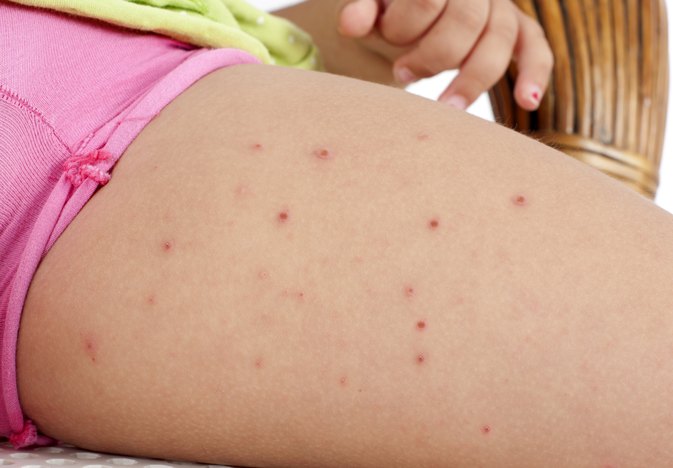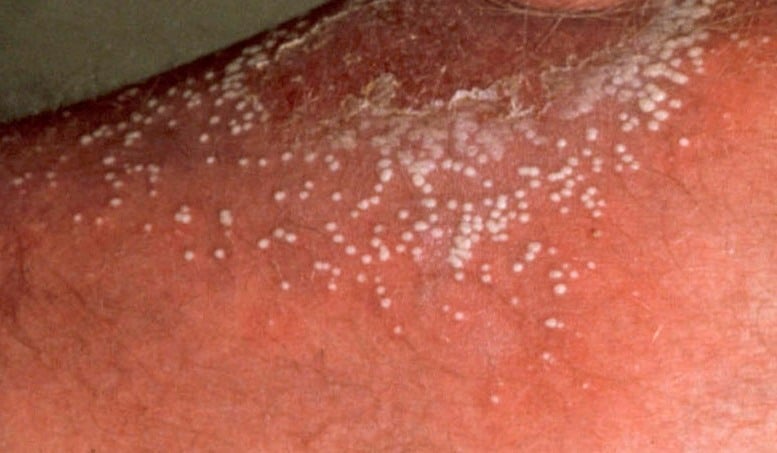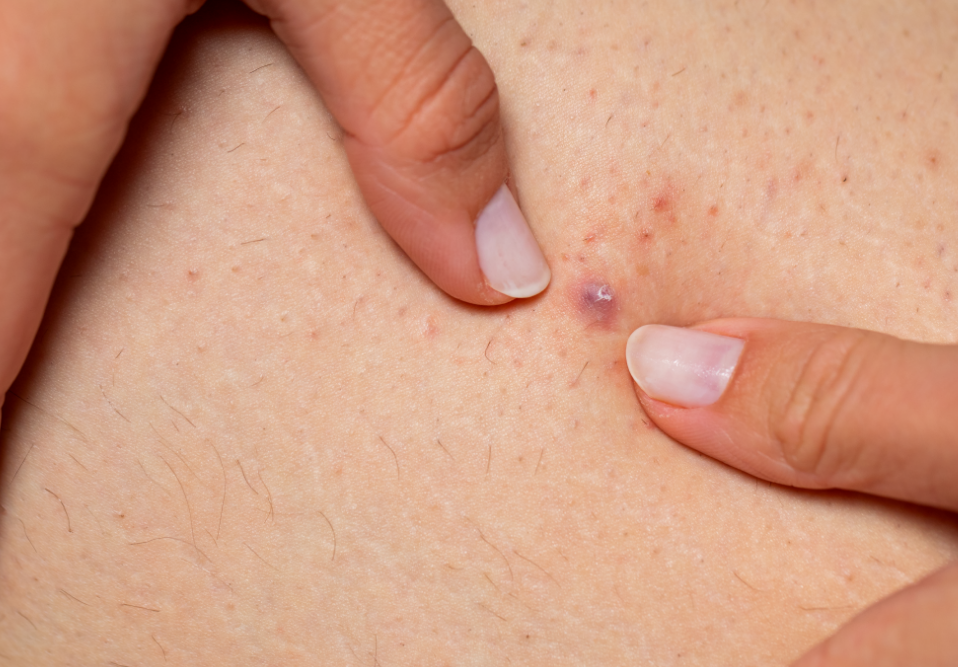

Treatment includes medicines and avoiding known triggers. It is common for hives to occur in children where there is no identifiable cause, this is called idiopathic urticaria. Hives are very common – one out of every five people will have hives at some time in their life. Hives can be a sign of an allergic reaction to things like food or an insect sting. The medical word for hives is urticaria ( er-tuh-care-ia). They are often itchy, but sometimes also sting.

#Bumps on legs that itch skin#
You can also follow us on Facebook where we’ll share more seasonal tips throughout the year.Hives are slightly raised, red patches of skin called wheals (or welts). They occur in groups on any part of the body, and can look like mosquito bites. You can reach our team at 41 or visit our contact page to see our locations in Mt. Vujevich Dermatology Associates offers medical, surgical, and cosmetic dermatology from some of the most highly trained physicians and clinicians in the greater Pittsburgh area. It’s also important to stay up to date on other common pediatric skin conditions so that your child can get the proper diagnosis and treatment.Īre you interested in other condition we treat? Contact our offices today to schedule an appointment with one of our board-certified Pittsburgh dermatologists.

If your child may have bothersome and itchy keratosis pilaris, schedule an appointment with our board-certified pediatric dermatologist, Dr. Besides steroids, non-prescription treatments include products that exfoliate, as well as those that contain intensive moisturizers and calming agents like green tea.Ī dermatologist can determine whether you or your child has keratosis pilaris by simply examining the affected skin. Once diagnosed, one proven treatment for the itching is a steroid cream applied to the affected area daily for a week to 10 days. Less common options include carbon dioxide laser.īecause keratosis pilaris is itchy and generally a chronic condition requiring long-term treatment, most therapies require repeated or long-term use for optimum results. Females are also more prone to have the condition than males. People who suffer from other skin sensitivities like eczema (also called atopic dermatitis) may be more likely to get keratosis pilaris.Ĭhildren and adolescents are more likely to contract keratosis pilaris that is severely itchy, although many adults are affected. The condition also tends to run in families, as it has a genetic component. Who develops keratosis pilaris?Ī person with dry skin is more likely to have itchy keratosis pilaris. The abnormal buildup of keratin forms a plug that blocks the opening of a hair follicle. It forms a protective barrier from infections and environmental toxins. The condition gets its name from keratin, a fibrous protein that makes up nails, hair, and the outer layer of skin. Although there is no cure, treatment is possible. Because the bumps get inflamed, itching becomes a frequent symptom. The bumps can be red or tan and form around hair follicles on the arms, thighs, buttocks, and cheeks. Symptoms of keratosis pilaris include a rash or an irregular pattern of rashes consisting of tiny bumps. The condition is relatively benign, but it can be annoying and cause severe itching. In fact, it is one of the many pediatric skin conditions dermatologists treat.

The name may sound rather scary, but keratosis pilaris is more common than you might think. So, to answer your question, “Does keratosis pilaris itch?” Yes, it does. If you find yourself suffering from itchy bumps that resemble goose pimples on your skin, there’s a chance you may have a condition known as keratosis pilaris.


 0 kommentar(er)
0 kommentar(er)
